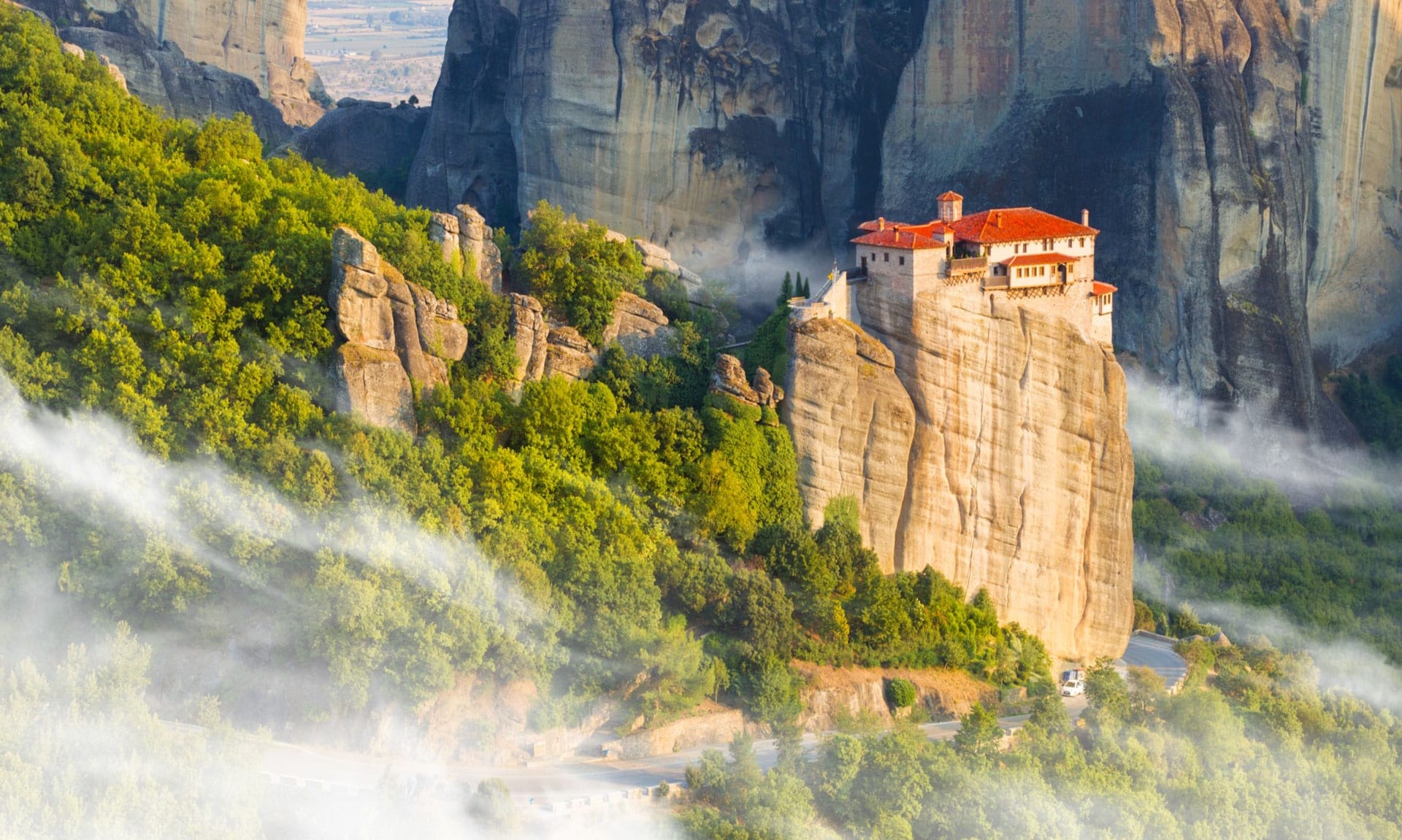Europe is well known for its breathtaking scenery, lively cultures, and extensive history. Travelers from all over the world are drawn to Europe by its broad range of natural attractions, which include snow-capped mountains and immaculate beaches. Whether you’re a passionate explorer or a nature lover looking for peace and quiet, Europe has something to offer everyone. Here, we’ll take you on an inspiring tour of 23 breathtaking natural beauties found around the continent.
1. The Northern Lights (Aurora Borealis), Norway

The collision of charged solar particle particles with atoms in Earth’s atmosphere results in the natural phenomenon known as the Northern Lights. Because they are inside the auroral oval, Norway’s Arctic regions—especially Tromsø and Lofoten—offer some of the greatest views of the Northern Lights.
2. Plitvice Lakes National Park, Croatia
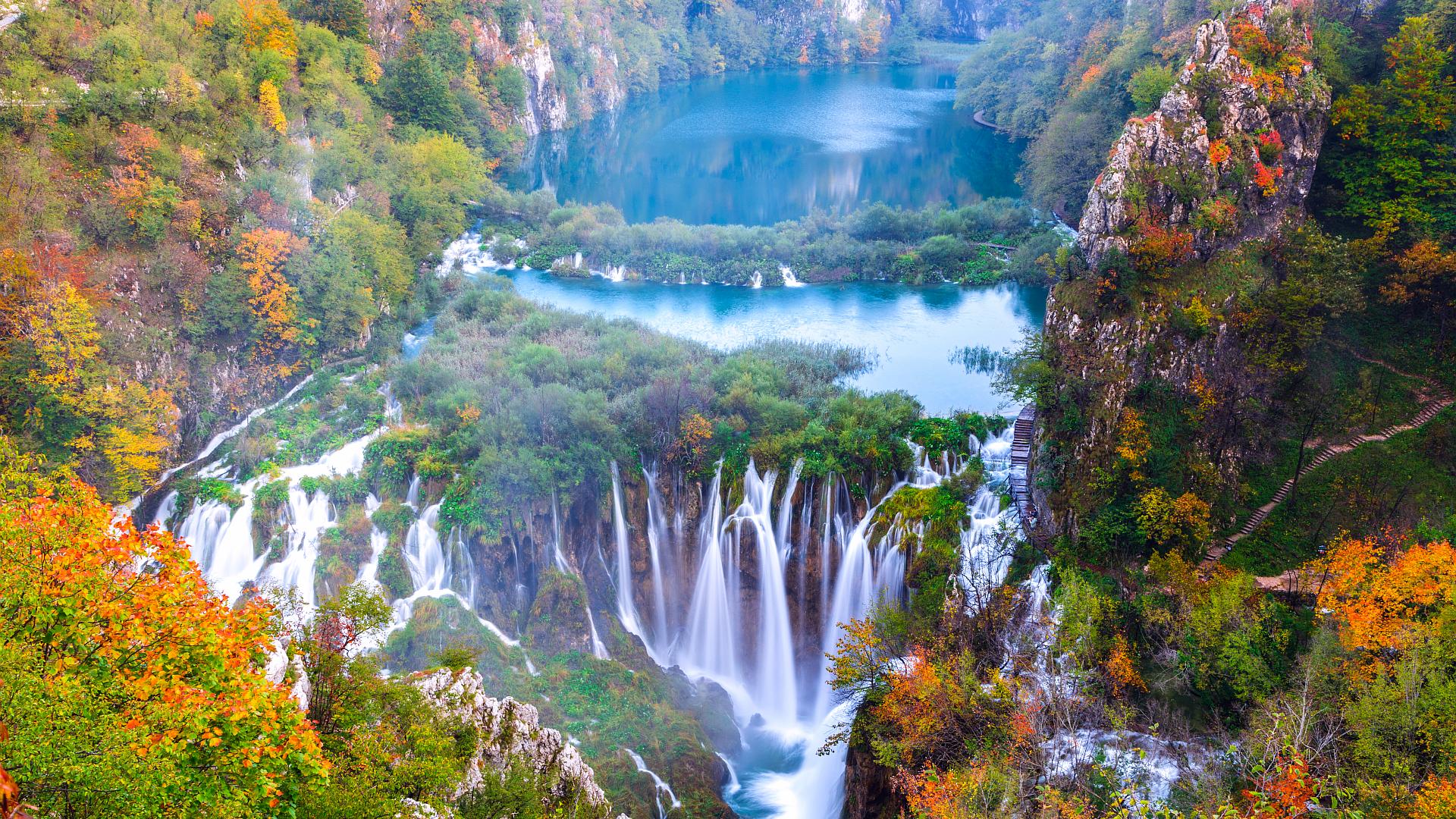
This breathtaking national park is well known for its network of lakes, tumbling waterfalls, and vivid green and blue tones. The park is separated into upper and lower lakes, and visitors can experience the area’s unspoiled natural splendor via wooden walks.
3. Santorini, Greece

A volcanic island, Santorini is part of the Aegean Sea’s Cyclades group of islands. Its characteristic blue-domed, white-washed buildings cling to the cliffs above the caldera, making for a picture-perfect view. Travelers may unwind on black sand beaches, discover historic ruins, and take in spectacular sunsets.
4. Geirangerfjord, Norway

This UNESCO-listed fjord is encircled by lush foliage and sheer cliffs, and many waterfalls drop into the emerald-green seas below. In order to fully appreciate the fjord’s beauty, visitors can stroll along picturesque trails to viewpoints that overlook the fjord or take boat trips.
5. The Matterhorn, Switzerland

Situated on the border between Switzerland and Italy, the Matterhorn is one of the most recognizable peaks in the Alps. It is well-known for both its difficult climbing routes and its pyramidal shape. Tourists can ride a cable car to the Matterhorn Glacier Paradise for expansive views, or they can enjoy the Matterhorn from the charming town of Zermatt.
6. The Cliffs of Moher, Ireland
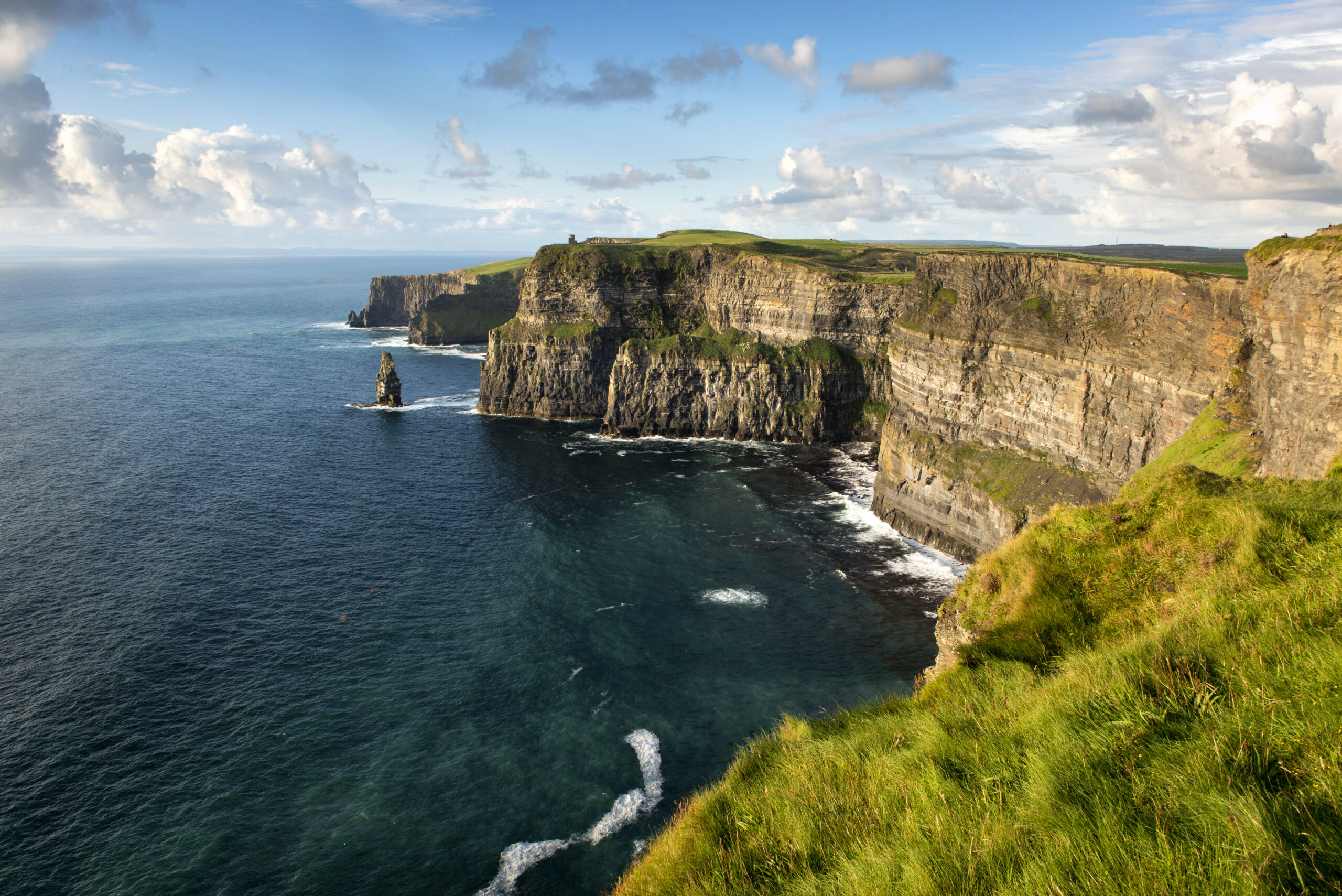
The Cliffs of Moher, which rise sharply from the Atlantic Ocean, provide amazing vistas of the untamed Irish coast. The cliffs are approximately 14 kilometers long and reach heights of 214 meters. In addition to visiting the visitor center to learn about the local animals and geology, hikers can explore the walking routes that run along the cliff tops.
7. The Blue Lagoon, Iceland
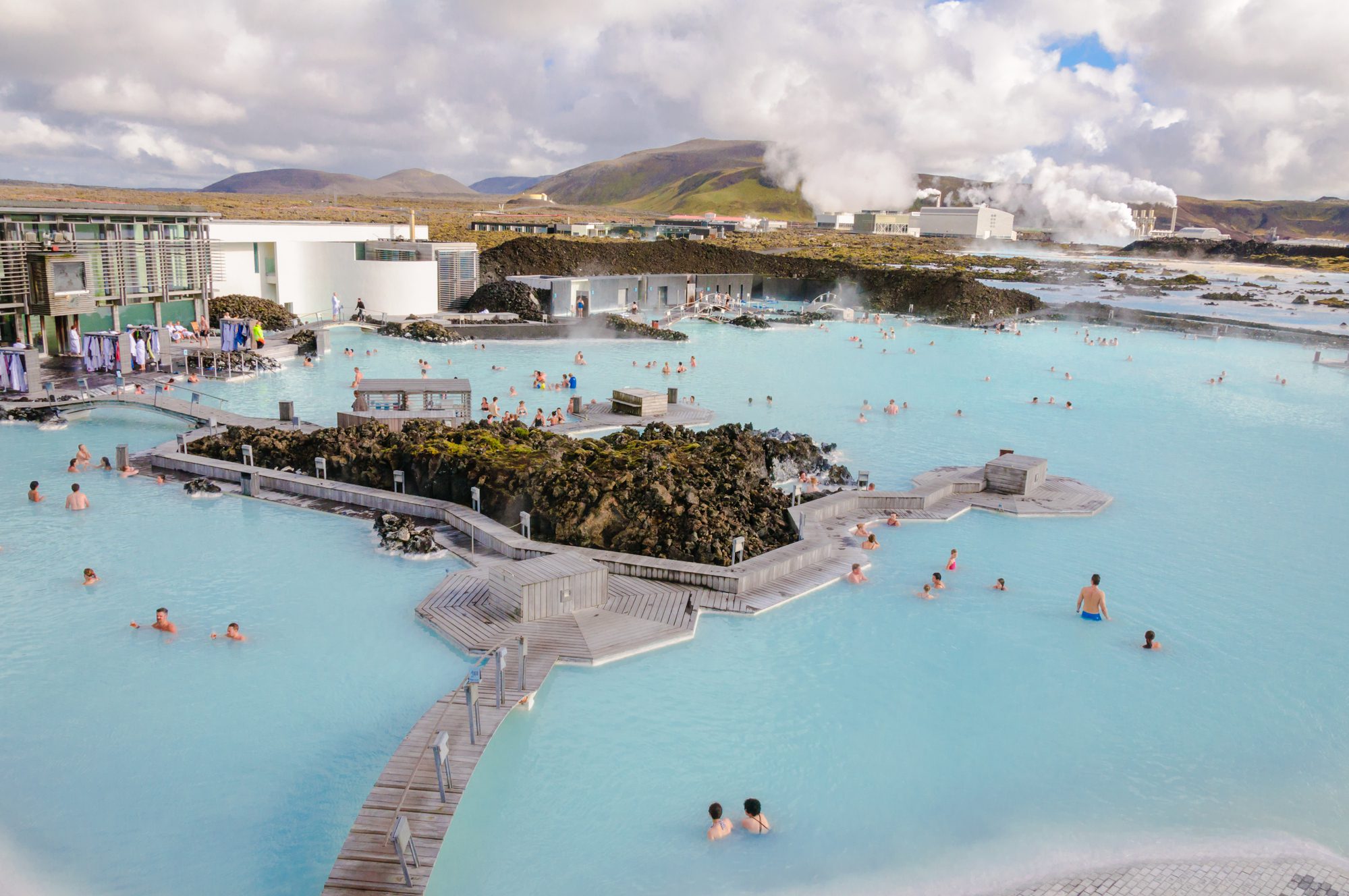
Situated near Reykjavik, the capital of Iceland, on the Reykjanes Peninsula, this geothermal spa is situated on a lava field. The milky-blue waters of the Blue Lagoon are rich in sulfur and silica, two minerals known for their therapeutic qualities. In addition to enjoying spa services and unwinding in the warm waters, visitors may take in the surreal surroundings.
8. The Dolomites, Italy

Northeastern Italy’s Dolomites mountain range is well-known for its angular peaks, alpine meadows, and quaint mountain towns. Numerous outdoor activities are available in the area, such as hiking, climbing, skiing, and mountain biking. In addition, the Dolomites are home to a number of nature reserves and parks that protect the region’s distinctive flora and fauna.
9. The Plitvice Lakes, Croatia
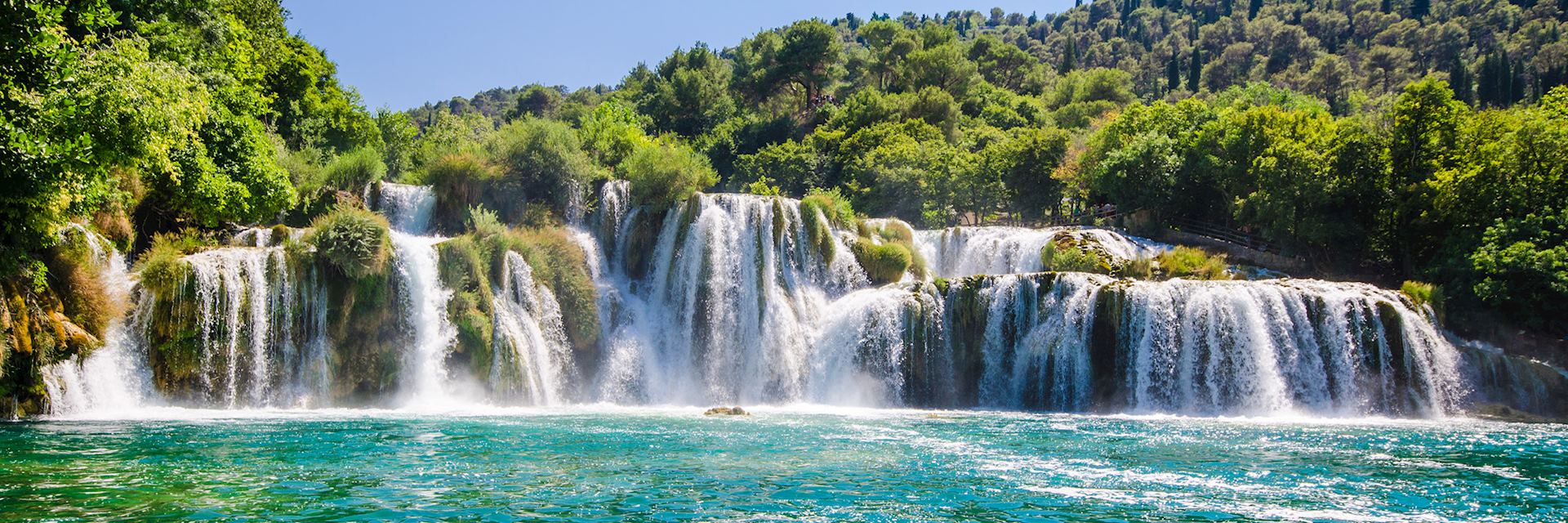
The Plitvice Lakes National Park is a captivating system of sixteen tiered lakes connected by waterfalls and is recognized as a UNESCO World Heritage Site. Explore the wooden paths that meander through verdant woodlands, providing visitors with breath-taking vistas around every corner. Numerous wildlife species, including wolves, bears, and uncommon bird species, can be found in the park.
10. The Giant’s Causeway, Northern Ireland

Famous for its hexagon-shaped basalt columns, which were created by volcanic activity millions of years ago, is this UNESCO World Heritage Site. According to legend, the columns were constructed by the enormous Irishman, Finn McCool. The visitor center offers information on the region’s geological past, and visitors can stroll among the unique rock formations and along the coastal trails.
11. The Swiss Alps, Switzerland
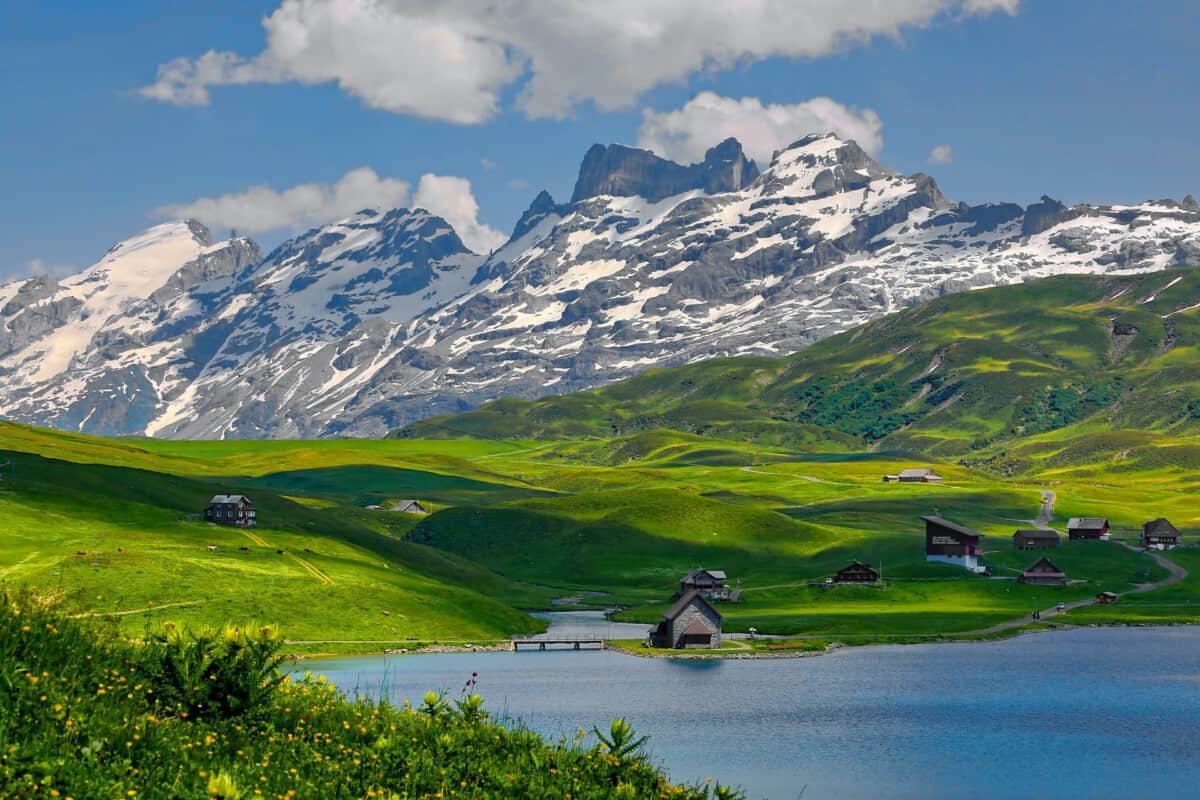
The Swiss Alps, which are well-known for their towering peaks, immaculate glaciers, and picturesque valleys, present countless chances for travel and discovery. The Alps never cease to amaze, whether you’re hiking in the Bernese Oberland, skiing in Zermatt, or touring the quaint mountain communities. Natural habitats of ibex, chamois, and marmots are visible to wildlife enthusiasts.
12. The Ring of Kerry, Ireland

Ireland’s County Kerry is home to the 179-kilometer Ring of Kerry, a scenic journey renowned for its picturesque coastline vistas, quaint villages, and rich cultural legacy. Along the way, visitors may take in beautiful walks, discover historic buildings like Ross Castle and Staigue Fort, and see animals like dolphins and seals. Ireland’s natural beauty and cultural legacy may be fully experienced in the Ring of Kerry, which boasts breathtaking scenery and outdoor activity activities.
13. The Faroe Islands, Denmark
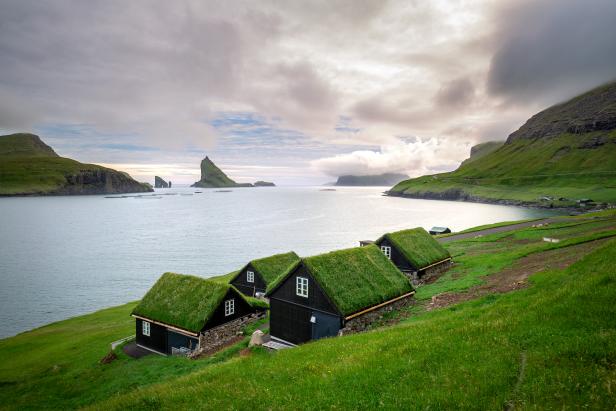
Situated in the North Atlantic Ocean between Iceland and Norway, the Faroe Islands are an archipelago renowned for its untamed terrain, striking cliffs, and charming settlements. This isolated location offers hiking along coastal paths, the opportunity to see seabirds nesting on towering cliffs, and traditional turf-roofed towns rich in Nordic history and culture.
14. The Northern Coastline of Iceland
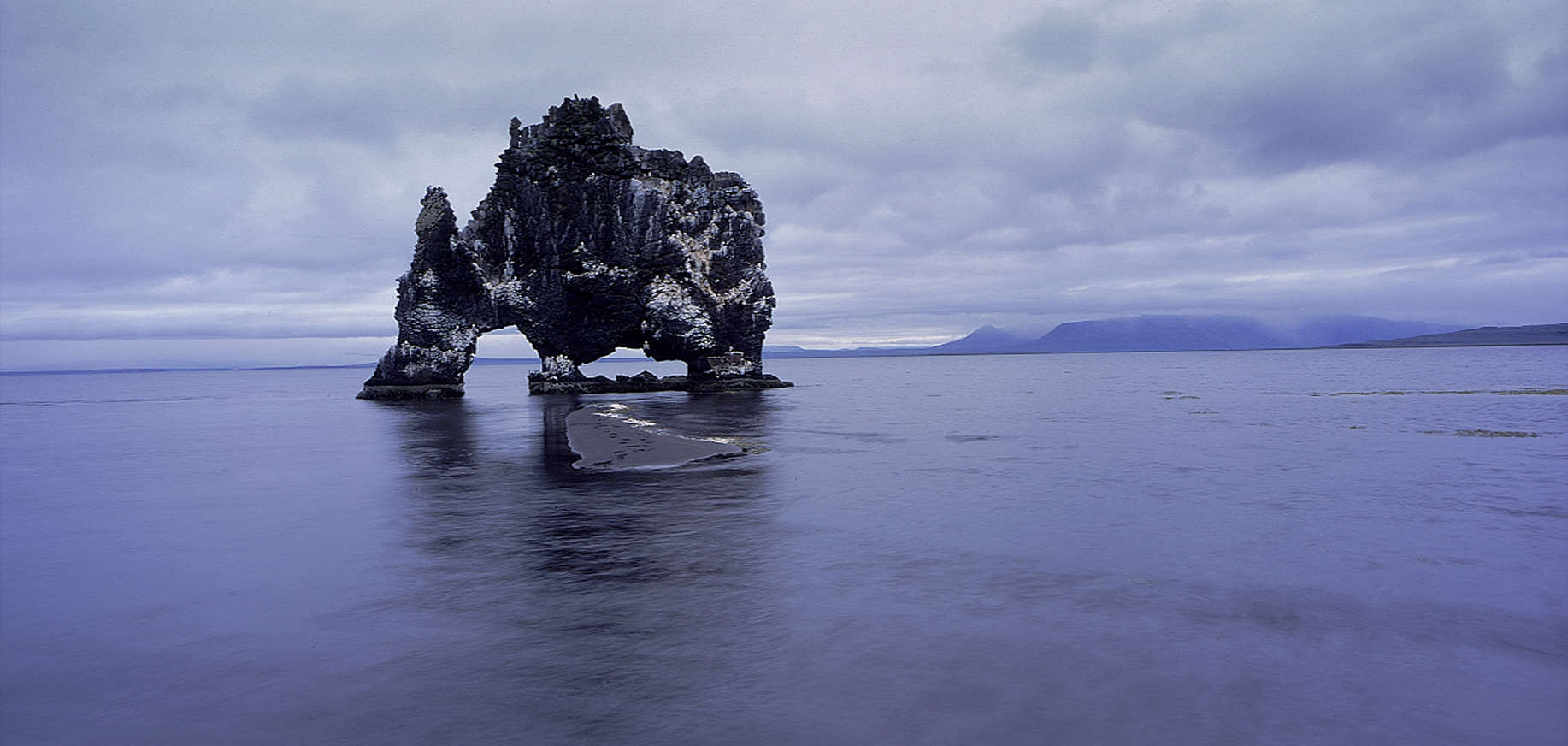
The untamed and isolated northern coast of Iceland is home to breathtaking cliffs, eruptive landscapes, and unspoiled fjords. The northern coast of Iceland gives visitors an opportunity to experience the unadulterated, unspoiled beauty of the country away from the bustle of Reykjavik, the country’s capital. The striking cliffs of Húsavík and the charming fishing communities of Siglufjörður and Ólafsfjörður are among the region’s highlights. In addition, visitors can explore the surreal surroundings of the Vatnajökull National Park, which is home to numerous geothermal marvels and the largest glacier in Europe. Iceland’s northern coastline offers incredible adventures amid some of the most stunning landscapes on Earth, whether you’re gazing at the midnight sun in summer or searching for the rare Northern Lights in winter.
15. The Norwegian Fjords, Norway

The fjords of Norway are home to some of the most breathtaking natural settings on Earth, with their sheer cliffs, glistening rivers, and tumbling waterfalls. Famous fjords like the UNESCO-listed Naerøyfjord and Geirangerfjord can be explored by picturesque cruises, kayaking excursions, or strenuous walks along the country’s western coastline. Experience Norway’s unspoiled wilderness like never before with these magnificent fjords, which provide outdoor enthusiasts and nature lovers with unmatched opportunity.
16. The Swiss National Park, Switzerland

The oldest national park in Switzerland, the Swiss National Park was created in 1914 and is a refuge for those who love the outdoors and wildlife. Situated in the eastern region of the nation, close to the Italian border, the park has craggy mountains, immaculate woods, and alpine meadows abundant with a wide variety of flora and wildlife. In addition to seeing local species like chamois and ibex, visitors can hike the park’s network of trails and discover its ecological value and conservation activities.
17. The Blue Lagoon, Iceland
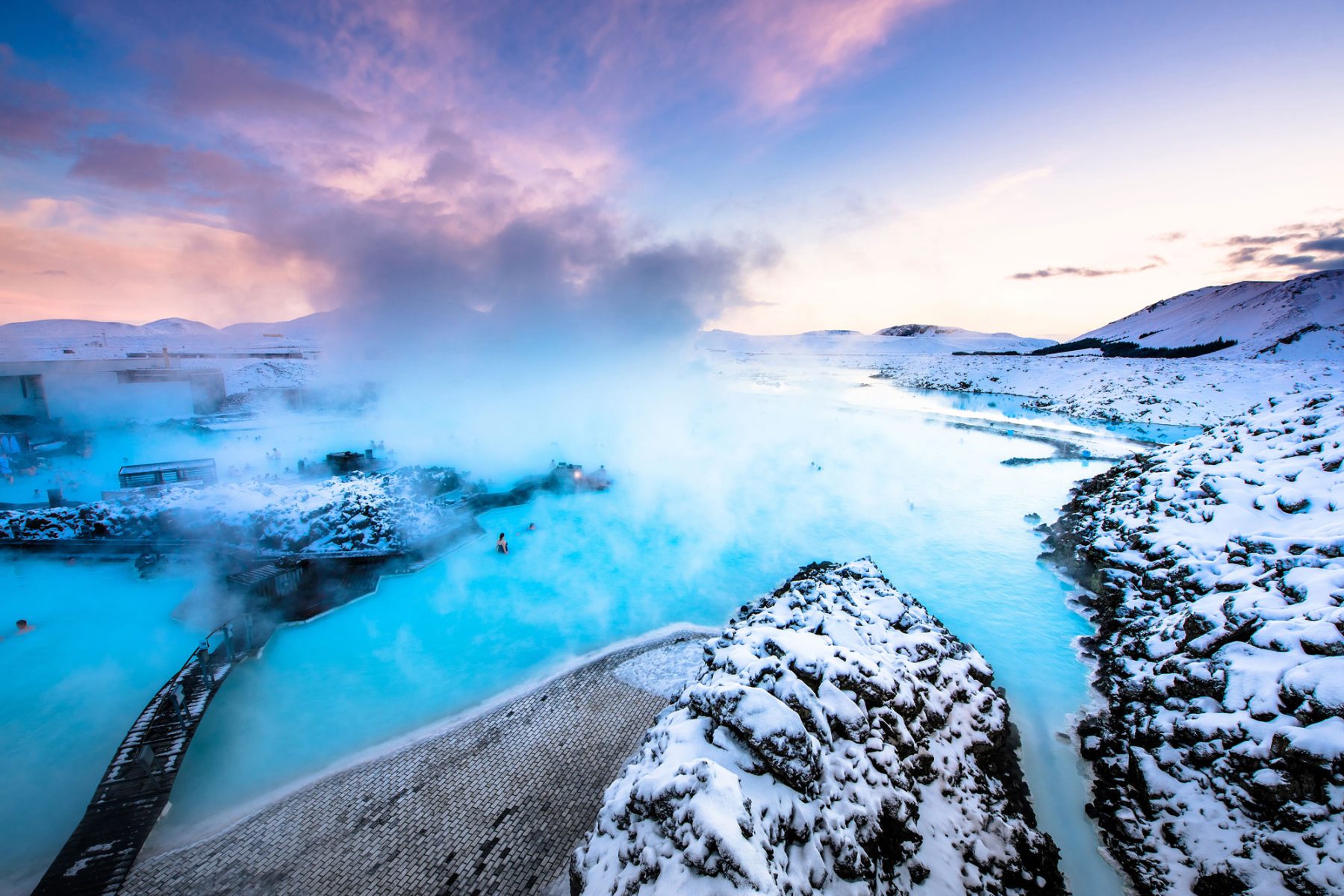
The geothermal spa known as Blue Lagoon in Iceland is well-known for its healing qualities and milky-blue waters that are rich in minerals. The lagoon, which is located on the Reykjanes Peninsula in a lava field, provides guests with a singular chance to unwind and revitalize in surreal settings. Indulge in spa treatments with silica mud and algae, take a dip in the warm geothermal pools, and take in the striking contrast between the untamed volcanic environment and the vivid blue waters.
18. The Matterhorn, Switzerland
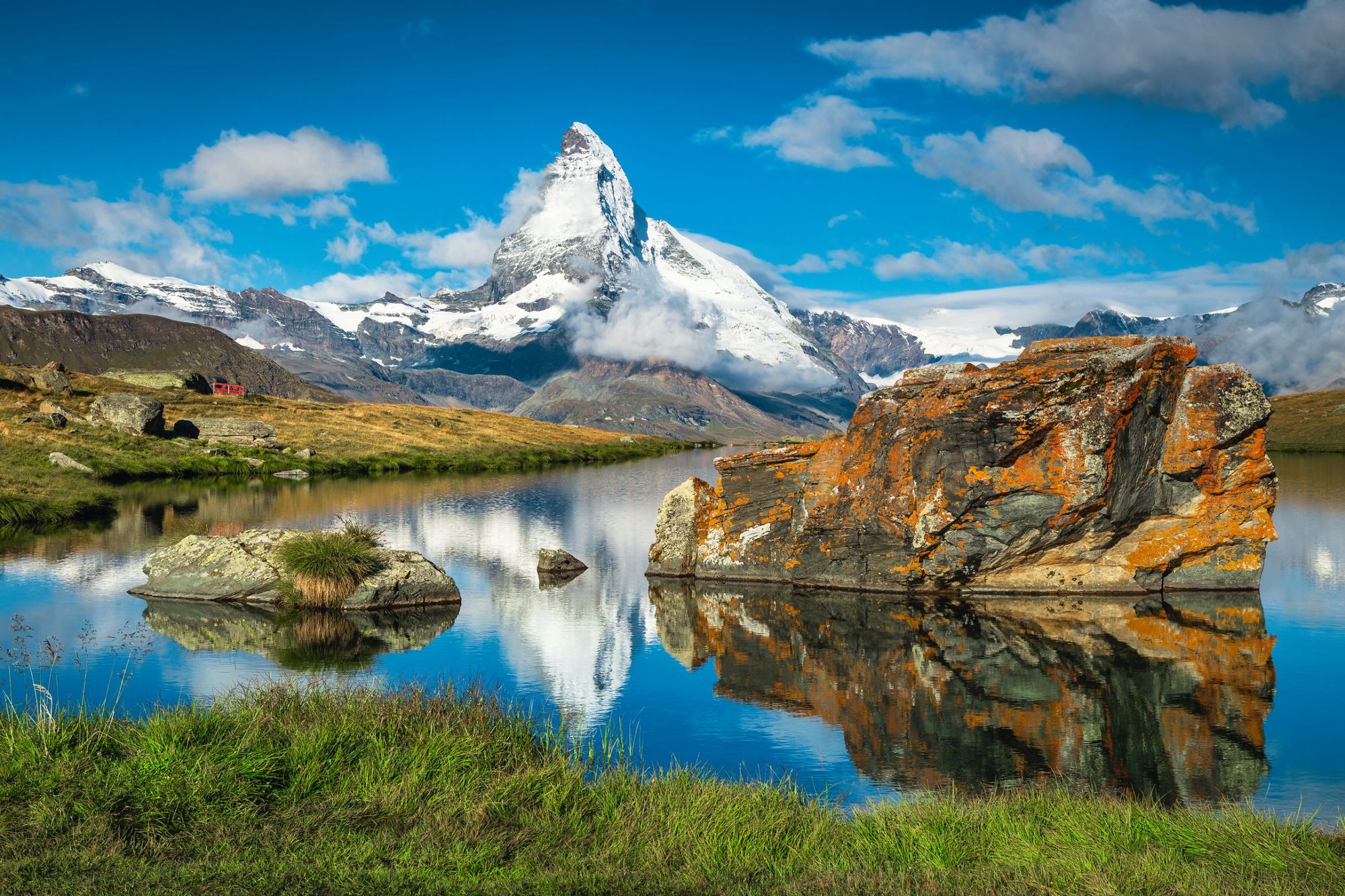
The Matterhorn, one of the most recognizable peaks in the Swiss Alps, never fails to awe tourists with its regal grandeur and commanding presence. Reaching a height of 4,478 meters, this pyramid-shaped mountain, which divides Switzerland and Italy, is a well-liked spot for climbers and outdoor enthusiasts. Travelers can experience world-class skiing and snowboarding at neighboring resorts like Zermatt, breathtaking treks through alpine meadows, and breathtaking views of the Matterhorn from a variety of vantage points.
19. The Dolomites, Italy

Northeastern Italy’s Dolomites are known for their dramatic vistas, untamed peaks, and rich cultural legacy. They are recognized as a UNESCO World Heritage Site. There are countless outdoor adventure options available in this mountain range, such as hiking, rock climbing, mountain biking, and skiing. Wander through charming towns, drive across breathtaking mountain passes, and be in awe of the Dolomites’ distinctive geological formations, which include towering limestone cliffs and striking pinnacles.
20. The Plitvice Lakes, Croatia

Plitvice Lakes National Park in Croatia stands out as a natural beauty worth revisiting. Visitors are enthralled with the captivating landscape that this collection of terraced lakes, encircled by lush forests and connected by cascading waterfalls, creates all year long. Visitors are guaranteed to be mesmerized by Plitvice Lakes’ splendor, whether they want to explore the park’s network of wooden walks, take a boat trip across the serene waters, or just enjoy the lakes’ brilliant colors.
21. The Cliffs of Moher, Ireland

The Cliffs of Moher are a breathtaking natural wonder that stretches along County Clare’s untamed Atlantic coast. These high cliffs, which rise to a height of 214 meters above sea level, provide sweeping views of the Aran Islands in the distance and the roaring surf below. In addition to taking in the unadulterated beauty of the Irish coastline, visitors can stroll along approved walking pathways along the cliff edge and see a variety of birds breeding on the cliffs.
22. The Giant’s Causeway, Northern Ireland

Millions of years ago, volcanic activity created over 40,000 interconnecting basalt columns, which make up this unusual geological structure on County Antrim’s coast. The Giant’s Causeway, a UNESCO World Heritage Site, is surrounded by myth and tradition, and its attraction is heightened by stories of giants and their conflicts. Explore the hexagon-shaped basalt columns, take in the formations’ amazing natural symmetry, and discover the history and folklore of this remarkable location.
23. The Scottish Highlands, Scotland

The rugged and gorgeous Scottish Highlands are located in northern Scotland and are well-known for its stunning scenery, historic castles, and rich cultural legacy. There are countless chances for exploration and adventure in the Highlands, from majestic lochs and tumbling waterfalls to towering mountains and deep glens. Hiking the West Highland Way, touring historic locations like Loch Ness’s Urquhart Castle, or just soaking in the stunning views of this untamed wilderness are all options available to visitors. Whether traveling the well-known North Coast 500 route or hiking through the Cairngorms National Park, the Scottish Highlands never cease to astound with their untainted beauty and timeless charm.

